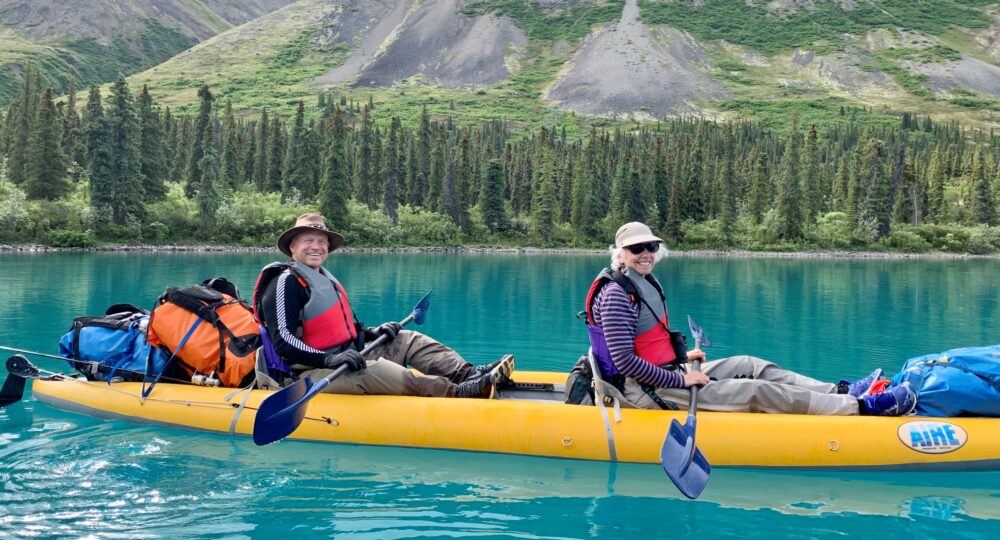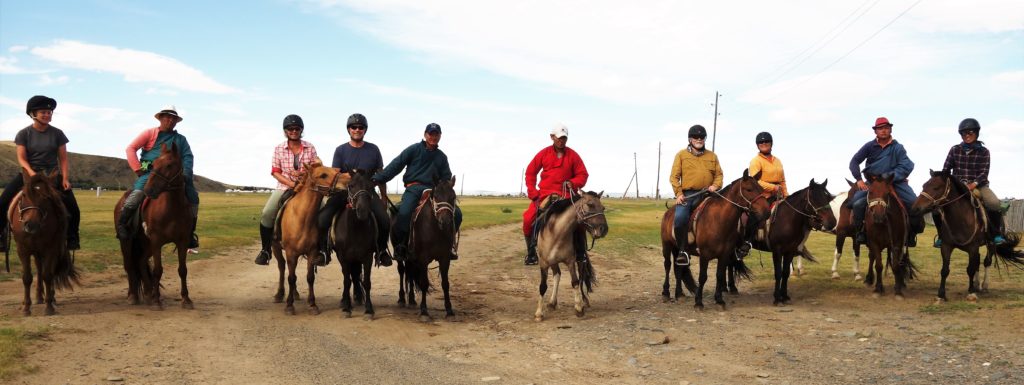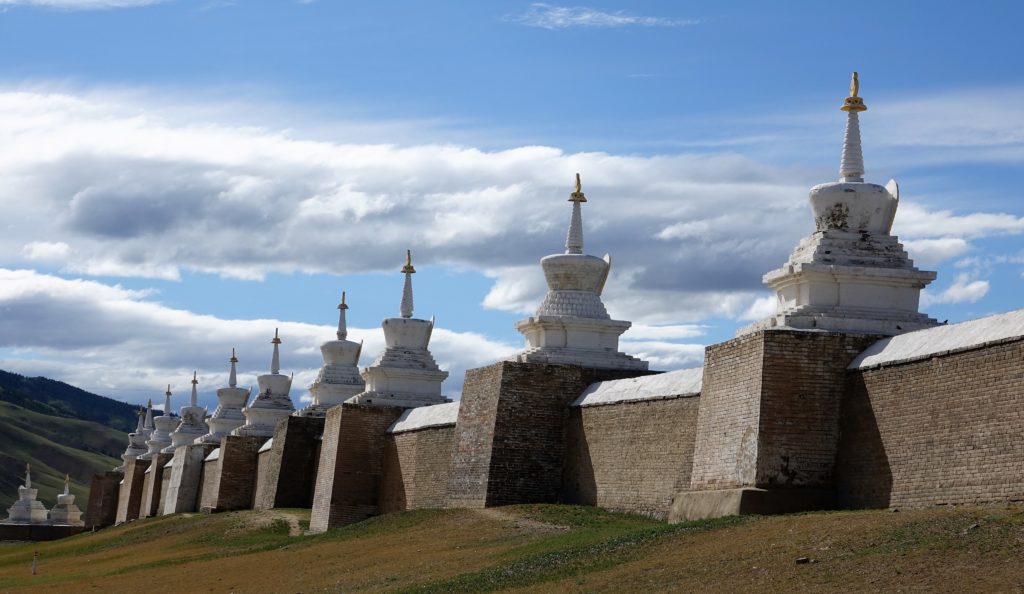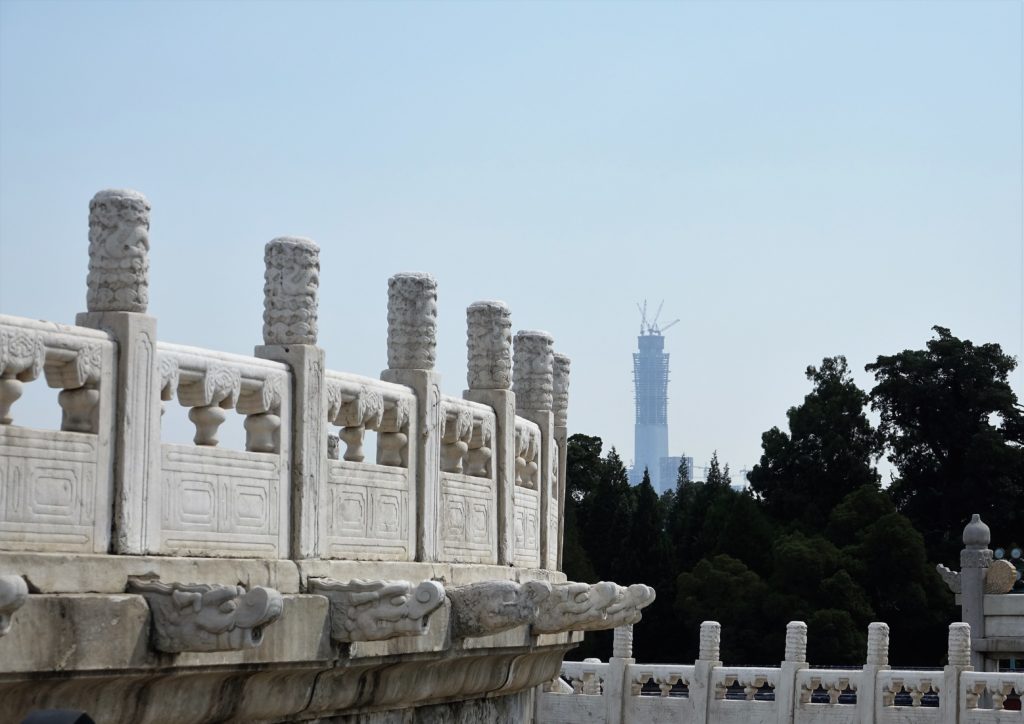When a picture is worth 1,000 words….
For your viewing pleasure.
Continue reading

If Banff is Canada’s Yosemite, a stunning combination of grand vistas, soaring mountains, azure lakes, and dramatic waterfalls, where throngs of tourists clog every attraction and hip commercial development provides visitors with high end retailers, craft beers, upscale restaurants, and expensive hotels, Jasper National Park is Canada’s Glacier. Bigger, higher, rawer, as beautiful, with fewer people and more modest services. Both should be on your must-see list. They are, quite literally, breathtaking.
After a couple nights in Banff, we headed north to Jasper on the Ice Fields Parkway, a 147-mile two-lane road that winds its way along the Continental Divide between the two parks. Conde Nast rates it as “one of the top drives in the world.” I’d never heard of it, so I had few expectations as we turned off Canada Route 1 and onto the Parkway. While the sun shone and the clouds hovered above the peaks, we were treated to an unending spectacle of snow-capped ridges, broad forested valleys, and sparkling lakes. It didn’t last long.
On long road trips you have a couple of options. The fast one, where you hop on the Interstate, set your cruise control at 5 miles over the speed limit, and fly. Or the meandering one, the one where you head out on State Highway or County Road such and such, the one where you cruise close to the fields, up and down rolling hills, across train tracks, past barns and silos, and within smelling distance of livestock and fertilizer. The one where the speed limit never exceeds 60 mph and every 15 miles or so you need to throttle down to 45 and then 35 as you pass through one small town after another. Most of our trips have been of the fast variety. Get from Point A to Point B as quickly as possible, see the sights, take a hike, move on. This time we’re slowing down, travelling on two lane roads, staying off the Interstates.
We are enjoying it. The roads are surprisingly good, well maintained with decent shoulders. The traffic as sparce as the population, no wrangling with an endless line of 18-wheelers. Whatever there is to see is near at hand. When John is driving and I am free to do whatever I want – read, knit, play games on my phone – what I mostly do is look out the window, watch the world go by, and think about what I’m seeing. What is the land telling me about where I am, about the people and animals that inhabit that place, the terrain and geology, the economy and the ecology? Whenever we stop for fuel or to stretch our legs, it is easy to make a human connection with the people we meet. Ask directions or wonder about a landscape feature and people are welcoming and happy to talk. It is good to be reminded that, red state or blue, most people are just people.
Continue reading
It’s hard to believe that it’s been nearly 5 years since our last Tencenturies entry. A week ago, we set out on another adventure – a six-week trek from Minneapolis to Alaska and back – and are firing up Tencenturies to communicate with anyone who is interested in the journey. So, if you are interested, here goes…
National Parks: At a party in 2015, our friend Bob Appel mentioned that he was on a quest to visit all (at that time) 59 US National Parks. What a wonderful idea, I thought. I want to do that. I’d never met a National Park I didn’t like and setting up a goal to see all of them seemed like a great organizing principal for our domestic travel. Thanks to my parents and our annual summer migrations from Los Angeles to New England to visit relatives, by the time I reached adulthood, I’d visited 16 National Parks. Travels with John and the kids between 1974 and 2015 had added another 16. I had a good start.
Fast forward to 2022. There are now 63 National Parks (NPs), the most recent one, New River Gorge added in December 2020. I have visited 57 of them. Six more to go. One of the remaining parks is Wrangel-St. Elias National Park and Preserve – an enormous wilderness area just north of the Canadian border in Alaska. At 13.2 million acres, Wrangell is the largest US National Park, over twice as big as Denali and almost 6 times the size of Yellowstone. Of the 8 NPs in Alaska, it is the only one we haven’t visited. That is where we are headed.
The Alcan Highway: John has always wanted to drive the Alcan Highway – the storied 1,387-mile road from Dawson Creek, British Columbia, through the Yukon to Delta Junction, Alaska. John’s an explorer at heart. The distance, the remoteness, and the unknowns intrigue him. In the olden days the Alcan was a dirt highway with few services, many potholes, copious wildlife, and plenty of opportunities for solo problem solving. Today it is much civilized. It is paved and we don’t have to worry about carrying extra fuel to get us from one gas station to the next. Nevertheless, it is a long drive into remote territory with much to see and experience. The entire trip, with the need to get from Minneapolis to the start at Dawson Creek, return from Delta Junction, and experience Wrangel St. Elias, will exceed 8,000 miles.
Continue reading
We’ve been back in the United States — in Brooksville, Maine — for two weeks. Every day of those two weeks has been packed with people and activity; a wedding, a birthday, my father’s interment, the annual family meeting. We’ve had 7 adults and 5 kids in our house. Another score or so were staying across the street at the family’s summer compound, Sea Winds. That crowd created a lot of conversation, a lot of kid chasing, a lot of meals, a lot of laundry and no time to write. The house cleared out yesterday.
About a half hour ago I took my lunch out to the workshop to spend a few minutes chatting with John and watching him do whatever it was he was doing. He was repairing a large window screen that two 4-year-old boys ripped last week while experimenting with a long, galvanized framing nail they’d found in the bushes. The boys discovered that raking a nail across a window screen yields three results; long slashes in the screen (very satisfying), a stern scolding from parents and grandparents (to be expected) and no chocolate cake for desert (serious remorse). Today, as I perched on a chair and ate my yoghurt and blueberries, John bent over the damaged screen and used a skinny plastic roller to press new netting into a channel that ran along the edge of the frame. John worked with his back toward me. It’s a very familiar view and one that I like. As I watched John move, I was reminded of a thought I’d had on one of our hikes in Norway, and of a blog I wanted to write.
There is something very sexy about competent and active old men.
Ride day number 8, 4 pm. We crested our last hill and looked down on Kharakhorum, once the capital of Chenggis Khan’s global empire, now a typical confetti-roofed Mongolian jigsaw of a frontier town. In 15 minutes, our ride across Mongolia would be over. We could see the yurt camp where our motley group of 12 would spend its last night together.

At the finish line: Fenella, Dembee, me, John, Boroo, our cook Cegee, Doug, Chris, Tumee and Handa.
I don’t know what I expected to feel; relief that we’d all made it safely, the bone-deep weariness that takes over after extended physical exertion, an overwhelming desire for a beer, a shower and 600 mg of ibuprofen. Indeed, all those feelings were there. But what surprised me was the presence of another sensation; that of a container under pressure whose relief valve or compression bindings had just been released. I felt my chest loosen and tears well behind my eyes. Over the past 12 days there had been so many new experiences, so many things to learn, so many times I’d been pushed out of my comfort zone, that I hadn’t had the bandwidth to think about any of it. I’d lived strictly in the moment, flowing from one event to the next, simply being and simply doing. My container was now stuffed to busting with unprocessed emotions and simmering impressions of new skills and insights into life.
Continue reading
I had intended to mimic Netflix and Amazon and post all our Mongolian entries at one time, allowing people to binge read the entire series or take it one story at a time. Unfortunately, on the day I’d set as the deadline for submission from Doug, Chris, John and myself, we are all pretty brain dead. A six-hour car ride on bumpy roads followed by a cashmere factory tour, a traditional dance and music folk review, shopping and packing kept us busy until nearly midnight yesterday, the last day of our Mongolian excursion. Then we were up this morning at 4:00 am to catch our Aeroflot flight to Moscow. Consequently, Ten Centuries’ Mongolian Series will be released in installments; three posts today, a couple more in a day or three.

The Erdene Zuu monastery in Kharakhorum.
What is Mongolia like? Vast, mostly empty, mostly treeless. Dense with culture, history and tradition.
Continue reading
As we waited to take off on our China Eastern Airline’s flight from Beijing to Xian, the flight attendant noticed our lack of reading material and very kindly supplied us with an English language edition of The Global Times, China’s version of the NYT’s International Herald. Just beneath the magazine title on the front page was the tag line “Discover China, Discover the World.” Another prominent text box next to the title announced, “Discuss China, Discuss the World.”
On this side of the globe, there is no question what country is the center of the universe, and it isn’t the United States. In the pages of the Global Times we learned that “Chinese investors are attracted by the large US markets, but China still has advantages in overall costs as well as innovation capability.” That “the present-day China is no longer a mere listener to the US” as “China and the US are now on an equal footing,” and that “future US development is inseparable from China.” We also discovered that due to the “irresponsible educational behavior” of the Chancellor of UCSD (John’s and my alma mater), who invited the “exiled” Dalai Lama to give a commencement address, that our degrees from UCSD might not be recognized in China. From the Chinese perspective, “the history education the American students receive remains outdated and full of imperial perspectives,” and that failure should have repercussions. Fortunately, we’re not looking for jobs in China.
This is a nation on the go and full of attitude.

China old and new.
This was not my first visit to China, but it might as well have been. What we experienced this week was unrecognizable from the People’s Republic that my mother and I toured twenty years ago. In the fall of 1997, Beijing was a bleak, gray, crumbling, congested, chaotic, smoggy, urban mess. Despite ubiquitous signs prohibiting public spitting, sidewalks were coated with phlegm and respiratory distress was evident everywhere. People were drab, dressed in leftovers from the Mao days; dreary greens, blues and browns, nothing that would draw attention to an individual. They buzzed about on bicycles and loud, pollution spewing two-stroke motor bikes. Crossing the street required playing chicken with vehicles coming from every direction. Whoever blinked, lost. Mind you, Mom and I had a good time in 1997. The food was (and still is) excellent. We loved watching the women doing tai chi in the morning in the scraggly patches of grass that passed for parks and, in the evenings, the couples dancing on wide spots in the sidewalks. As two, tall, white women in China in 1997, we also attracted a lot of attention; sort of like minor celebrities. Everywhere we went, people wanted to have their picture taken with us.
Today is DIFFERENT. Where to start? There are so many possible angles. What struck me immediately, perhaps because I sew and love fabric, was the women. Gone were the colorless, shapeless, anonymous caterpillars. In their place; beautiful, look-at-me, butterflies. For a couple of days, as John wandered through major sights I’d seen before (The Great Wall, Tiananmen Square, The Forbidden City), I followed along and had fun with my camera channeling Bill Cunningham.*

Butterflies on the Great Wall and doing morning exercises in the Temple of Heaven Park.
* For those of you who don’t know who he was, Bill Cunningham was a fashion photographer who specialized in candid and street photography. His fashion spreads ran weekly in the New York Times and were a wonderful commentary on sartorial trends. Bill worked until a month before he died last June at the age of 87. There is a great documentary on him. He was also a friend of Doris O’Neil’s (a tidbit for those who know who Doris was).
Continue reading